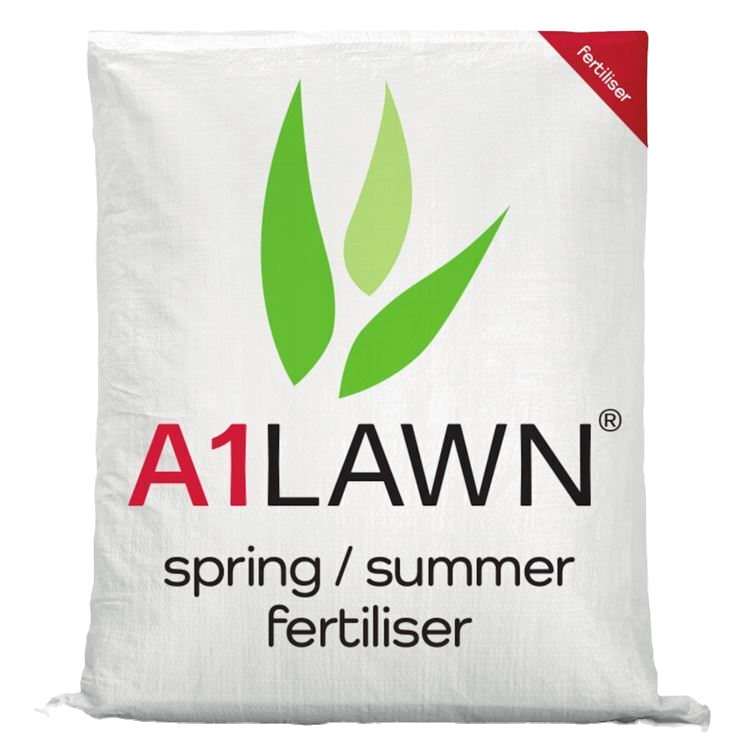In the world of gardening, myths and misconceptions about lawn care abound. In this article, we aim to debunk common lawn care myths and provide evidence-based advice for effective and efficient lawn maintenance. By separating fact from fiction, you can ensure your lawn thrives and looks its best year-round.
Key Takeaways
Don't overwater your lawn - watering too frequently can lead to shallow root systems and make the grass more susceptible to disease.
Mowing at the right height is crucial for a healthy lawn - cutting the grass too short can stress the turf and hinder its growth.
Proper fertilization and soil pH management are key to maintaining a lush and vibrant lawn - understanding the needs of your soil and providing the right nutrients can make a significant difference in the health of your lawn.
Debunking Common Lawn Care Myths

The Truth About Watering Frequency
One of the most pervasive myths in lawn care is the belief that lawns need to be watered every day. In reality, less frequent but deeper watering promotes healthier root growth and drought resistance. Over-watering can lead to shallow root systems, making your lawn more vulnerable to stress and disease.
When it comes to watering your lawn, consistency is key. A general rule of thumb is to provide your lawn with 1 to 1.5 inches of water per week, either through rainfall or irrigation. This can vary depending on factors such as grass type, soil conditions, and climate. To ensure your lawn receives just the right amount of hydration, consider using a rain gauge to measure water input and adjust your watering schedule accordingly.
Here's a simple guide to help you water wisely:
Water early in the morning to reduce evaporation.
Aim for even coverage by positioning sprinklers strategically.
Adjust your watering frequency based on weather conditions; more during dry spells, less when it's rainy.
Allow the soil to dry between watering to promote root growth.
By debunking this watering frequency myth, you can save time, conserve water, and cultivate a more resilient lawn.
Myth or Reality: Mowing Height Matters
One of the most debated topics among lawn care enthusiasts is the importance of mowing height. The truth is, mowing height can significantly impact the health and appearance of your lawn. Keeping grass blades longer can lead to a deeper root system, which enhances drought resistance and reduces weed invasion. Conversely, cutting grass too short can weaken your lawn, making it more susceptible to pests and diseases.
Optimal Fertilization Practices
Fertilizing your lawn is a critical aspect of maintaining its health and beauty, but it's not just about the quantity; it's about the timing and composition of the fertilizer. Proper fertilization can lead to a lush, vibrant lawn that is more resistant to weeds, pests, and diseases.
When selecting a fertilizer, consider the N-P-K ratio, which stands for nitrogen (N), phosphorus (P), and potassium (K). This ratio is crucial for addressing the specific needs of your lawn. For example, a higher nitrogen content is ideal for promoting leaf growth, which is especially important in the growing season.
Here's a simple guide to fertilization timing:
Early Spring: Kickstart your lawn's growth with a balanced fertilizer.
Late Spring: Maintain health with a nitrogen-rich mix.
Summer: Apply a slow-release formula to withstand heat and drought.
Autumn: Prepare your lawn for winter with a high potassium fertilizer.
Understanding Soil pH for a Healthy Lawn
The soil pH level is a critical factor that can influence the health and growth of your lawn. Soil pH determines its acidity or alkalinity, which in turn affects the availability of essential nutrients to grass roots. Most lawn grasses thrive in a slightly acidic to neutral soil, with a pH range of 6 to 7. Achieving the ideal pH of around 6.5 is crucial for the optimal uptake of nutrients like nitrogen, phosphorus, and potassium.
To accurately assess your lawn's soil pH, consider using a reliable testing kit such as the Garden Tutor Soil pH Test Kit, which offers a range of 3.5 to 9 and includes 100 test strips. Regular testing allows you to monitor pH levels and make adjustments as needed. If your soil is too acidic or too alkaline, you can amend it with lime or sulfur, respectively, to bring it into the desired range.
Here's a simple guide to understanding what your soil pH means for your lawn care:
Below 6.0: Highly acidic soil that may require lime to raise the pH.
6.0 to 7.0: Ideal range for most lawn grasses.
Above 7.0: Alkaline soil that might need sulfur to lower the pH.
Conclusion
In conclusion, debunking common lawn care myths is essential for maintaining a healthy and vibrant garden. By separating fact from fiction and providing evidence-based advice, gardeners can effectively and efficiently care for their lawns. It is important to rely on knowledge and research rather than myths and misconceptions when it comes to lawn maintenance. With the right information, anyone can achieve a lush and beautiful lawn that enhances the overall appeal of their outdoor space. Let's continue to bust myths, share knowledge, and cultivate thriving gardens together!
Frequently Asked Questions
Does watering your lawn every day make it healthier?
No, overwatering can actually harm your lawn by promoting diseases and root rot. It's better to water deeply but infrequently to encourage deep root growth.
Is it true that cutting your grass shorter means you don't have to mow as often?
Contrary to popular belief, cutting your grass too short can stress the lawn and make it more susceptible to weeds and diseases. It's best to follow the one-third rule and mow regularly at the right height.
Do all lawns require the same amount of fertilizer?
No, different lawns have varying nutrient needs based on factors like soil type, grass type, and climate. It's important to test your soil and follow recommended fertilization practices for your specific lawn.





